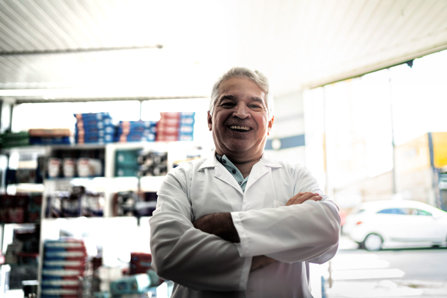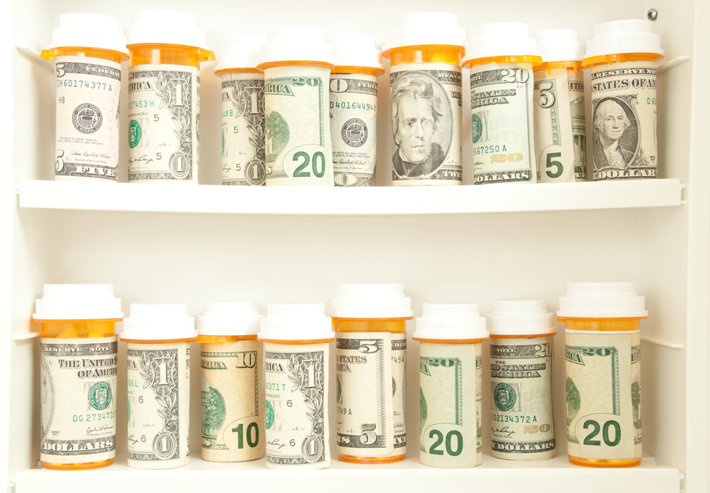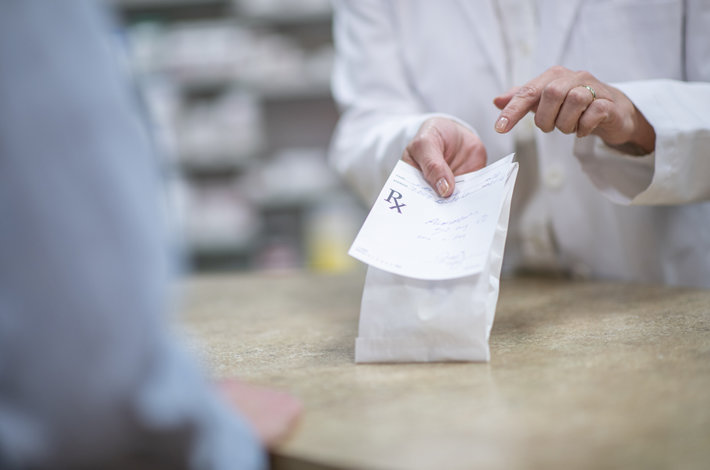Pharmacies— Do They Help or Harm in the Opioid Epidemic?

The opiate epidemic is such a huge, cataclysmic crisis that it cannot be entirely blamed on any one event, group, or cause point. However, lots of members of certain groups had a hand in contributing to it, while at the same time, other members of those same groups had a hand in preventing it.
For example, just as some doctors prescribed too many opioid drugs, some doctors were very cautious in their prescribing, and they discouraged overprescribing.
And in a similar way, some pharmaceutical companies sought to produce the very drugs that would cause millions of Americans to become addicted and hundreds of thousands of Americans to die from overdoses, whereas other pharmaceutical companies stayed out of the opioid analgesic space entirely.
Same thing with pharmacies and pharmacists. In some cases, pharmacies have worsened the issue (especially in the case of pharmacies that were running illegal operations). But there have also been efforts by pharmacies/pharmacists to curb opioid addiction, as in the case of CVS imposing limits on opioid prescriptions (more on that later).
What can pharmacies do, going forward, to curb opioid addiction?
Pill Mills—When Pharmacies Go Criminal

There are several cases across the country in which pharmacies and pain clinics operated illegal drug trafficking operations, quite literally out the back door. While these operations have cropped up all across the country, the most notable cases occurred in Florida.
The first "pill mill" clinics in Florida opened their doors in the 1990s, pedaling cheap, essentially prescription-free painkillers to anyone who wanted them. Drug traffickers would drive buses down to Florida to get a supply, then take the pills back up to Appalachia to sell them to hard-pressed addicts. Pill mills in Florida not only caused devastation in the Sunshine State, but they also caused severe addiction crises in other regions of the country.
While the pain clinics did start out as technically legitimate institutions (and even then only by some serious loopholes and conniving), the clinics soon began disbursing painkillers at rates no medical professional would ever deem sensible. The clinics were soon dispensing meds without even bothering to follow legal and medical formalities, which is why several of the doctors and pharmacists who worked at such clinics are now facing serious legal repercussions.
Quoting an Associated Press article, "The clinics' doctors did no diagnostic work. They just signed prescriptions and shuffled the 'patients' to the clinics' onsite pharmacies to buy oxycodone and other narcotics at $10 a pill, cash-only. Some pill-mill tourists would visit a dozen or more clinics before returning home with thousands of pills, which would be sold to their neighbors for up to $100 each. Within a few days, many again headed south to buy more."
By the peak of the pill mill craze in Florida, 90 of the nation's top 100 opioid prescribers were Florida doctors working in pain clinics. As much as eighty-five percent of the OxyContin prescribed in the U.S. that year was prescribed in Florida. It was illegal, totally unethical, and even murderous, as every year, more Americans died from overdoses on pills they got from Florida "pharmacies."
Again quoting AP: "That year alone [2010] about 500 million pills were sold in Florida. The number of people who died in Florida with oxycodone or another prescription opioid in their system hit 4,282 in 2010, a four-fold increase from 2000, with 2,710 of the deaths deemed overdoses, according to a state medical examiners' report.”
The Associated Press has more valuable information on pill mills, local to Florida and national as well. But by itself, the above data paints a stark picture of what it looks like when pharmacies, pharmacists, doctors, and pain clinics contribute to the opioid epidemic instead of working against it.
CVS Imposes Limits on Opioid Prescriptions

It's important to remember that not all pharmacies have been criminal concerning the opioid epidemic. A big name pharmacy, CVS, broke with tradition in 2017 and imposed limits on the volume of opioid prescriptions that each location could disburse over a set period. That rule forced individual pharmacies to arrange their prescription fulfillment while keeping within CDC recommendations on safe and ethical opioid prescribing.
CVS not only imposed a seven-day limit in the duration of prescriptions, but it also began offering safe-use counseling to patients receiving opioid prescriptions for the first time. CVS also pledged to add 750 opioid disposal units, and the chain expanded its student education initiative, Parents Teach.
Just the seven-day limit alone was a bold move for CVS. In 2015, doctors' average opioid prescription was 18 days long (even though the CDC only recommends opioid prescriptions to be 3-7 days long). CVS's move to restrict prescription fulfillment to seven days would eventually force doctors to follow CDC recommendations and start writing opioid prescriptions for shorter durations.
Quoting Larry Merlo, president and CEO of CVS Health, "Without a doubt, addressing our nation's opioid crisis calls for a multi-pronged effort involving many healthcare stakeholders, from doctors, dentists and pharmaceutical companies to pharmacies and government officials."
Looking to the Future
There is much that pharmacies and pharmacists can do to curb the spread of opioid addiction in America. Some of these actions include: imposing limits on prescription durations (as in the case of CVS's new policies); setting limits on the number of prescriptions pharmacies can fill each year; signing up with Prescription Drug Monitoring Programs; offering drug take-back programs; educating patients on the risks and dangers of prescription drugs; and checking closely for prescription falsifications and forgeries. Pharmacies and pharmacists can work together with doctors and other medical experts to effectively reduce the over-proliferation of addictive opioid pain relievers into the public.
Last but not least, the safest, most effective way to address opioid addiction is with residential drug and alcohol treatment centers. While pharmacies and pharmacists can prevent addiction from ever occurring in the first place, they can also help address addiction once it has already cropped up. Pharmacies can implement questionnaire programs to screen patients for opioid misuse, and, based on the answers they get, can refer patients to addiction treatment facilities.
Sources:
https://apnews.com/article/0ced46b203864d8fa6b8fda6bd97b60e
https://www.cdc.gov/drugoverdose/pdf/pharmacists_brochure-a.pdf
https://ascpjournal.biomedcentral.com/articles/10.1186/s13722-019-0158-0
